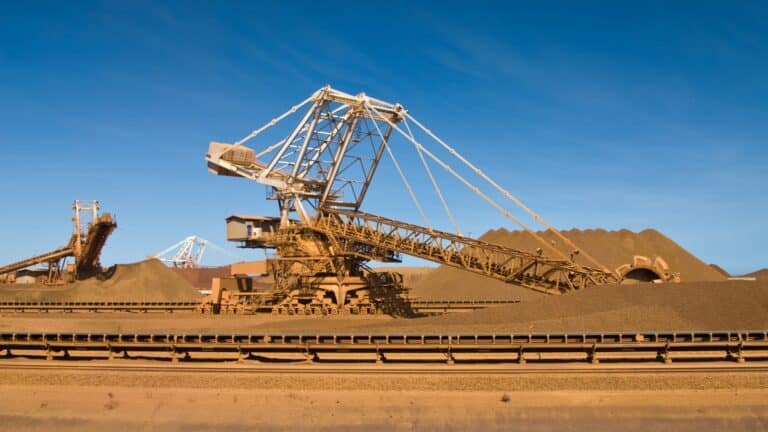http://www.thenational.ae/business/energy/vienna-deal-shows-opec-is-back
Opec’s back.
Since Opec chose not to cut production and let oil prices collapse two years ago, the death of the producers’ group has been proclaimed many times over. Yet on Wednesday, Opec seemed to breathe new life, agreeing to cut output, sending oil prices up and smashing volume records in Brent crude trading.
Two years ago, I wrote that Opec had gone into “hibernation” but that it was too soon to declare the organisation defunct. The decision by Saudi Arabia, Opec’s leading member, to let oil prices crash and allow market forces to rebalance supply and demand was a pragmatic one, not an ideological one, based on the circumstances at the time.
In November 2014, US shale oil output was rising at more than one million barrels per day (bpd) per year, outpacing global oil demand growth that year. High, and relatively steady prices from 2012 to 2014, pushed hundreds of billions of dollars into developing high-cost sources of supply from the Arctic to the ultra-deepwater to the oil sands.
Iran, which had its oil exports fall from 2.4 million bpd in 2011 to less than 1 million bpd in 2013, was set to ramp up output following completion of the initial Joint Plan of Action (JPOA), an agreement between Iran, the US and their negotiating partners in the P5+1. Moreover, most Opec countries, as well non-Opec, such as Mexico and Russia, were not willing to join in a credible production cut, expecting Saudi Arabia to do all the work.
The Saudis had seen this movie before. In the 1980s, the oil minister, Zaki Yamani, slashed output from 10 million bpd to less than 3 million bpd to support prices, and it took years for the kingdom to regain its market share and export volumes. The decision is widely regarded as one of Saudi Arabia’s most costly errors in oil market management and not one it was intent on repeating.
In addition to all these challenges, it seems clear in retrospect that Saudi Arabia misjudged how fast US and other producers would respond. They – like many others – assumed US shale oil production required oil prices of US$70 or $80 or more per barrel to be economic and that shale oil output would collapse with lower prices. It was also assumed by many that longer-cycle, high-cost producers would soon begin slowing. Moreover, the slowdown in oil demand growth in late 2014, led by China, caught many by surprise. In retrospect this led many in November 2014 to believe lower oil prices would be shorter lived, as the market would rebalance more quickly than has been the case.
There is most likely a geopolitical element to all this as well. Relations between Saudi Arabia and Iran, which have long vied to be the region’s leader, are at a low point. Iran-Saudi tensions have been exacerbated by the US nuclear deal with Iran and by Russia’s intervention in Syria. At a time when Iran was struggling to return to the oil market, Saudi Arabia was not inclined to make that easier by propping up prices and reducing its own market share. The use of oil policy for such geopolitical purposes was probably a motivating factor in Saudi Arabia’s last minute decision to back out of an Opec agreement struck in April 2016 in Doha to freeze oil production.
Today, the oil market looks quite different – and, importantly, so does the economic situation within Opec countries, including Saudi Arabia.
Nearly $1 trillion in capital investment in global oil and gas has been cut or delayed, according to Wood Mackenzie. US shale oil production has fallen and access to cheap debt is reduced. Iran has increased oil production back nearly to its pre-sanctions levels, while Iraq production has also grown substantially.
Moreover, Opec and non-Opec oil producers are facing severe economic pressure and budget shortfalls, increasing the urgency of pushing up prices. While Saudi Arabia was presumed to be more immune to these pressures, with $750 billion in reserves at the start of the price collapse, its economic outlook too is a concern.
The Saudi economy, including the non-oil focused part of the economy, is projected to be in recession next year. Its budget deficit was $100bn last year, not fully accounting for the costly war in Yemen. The government has cut salary benefits, raised energy prices and is seeking other sources of non-oil revenue. These austerity measures are not popular. While the government has undertaken a very ambitious economic reform programme to diversify its economy, it will take many years to implement. And while low oil prices are a catalyst for reform, by dragging down the economy they also make implementation of the economic reform, such as attracting more foreign investment, more difficult.
Complicating this picture, however, is US shale oil. While production has declined by about 1 million bpd from its April 2015 peak, the industry has also become remarkably more efficient. The Dallas Federal Reserve estimates that the break-even cost of US shale has fallen from $79 per barrel in 2014 to $53 today. Still, there remains great uncertainty about how quickly US shale can rebound when prices recover. At $60 oil, projections for US shale growth range from 300,000 bpd annually to 900,000 bpd annually. With worldwide demand growth projected to be around 1.2 million bpd per year, there is still room for US shale oil growth. But the growth rate of US shale oil may well determine whether Opec’s decision to cut output maximises its revenue by pushing up price, or whether it just cedes market share to US suppliers. In this way, US shale oil has emerged as a significant new, and uncertain, constraint on the ability of Opec to manipulate supply/demand balances and with it world oil prices, something oil consumers have bemoaned for the past 40 plus years.
In truth, Opec’s ability to manage the oil market has been exaggerated for some time. Saudi Arabia no longer holds large volumes of spare capacity that allow it to prevent oil price spikes by offsetting supply disruptions. It has also made clear that it has no interest in being the swing supplier to prop up low prices resulting from structural market forces. But the agreement in Vienna is a reminder that collective action is still possible when circumstances allow producers to boost revenue by curbing output. In fact, if the post-deal price rise remains in place, the “investment” in reduced output has already been paid for. In addition, looking beyond 2020, significant new Opec supplies will yet be needed to meet rising use. Opec may not be controlling the oil market in the way long feared, but reports of its death were greatly exaggerated.




